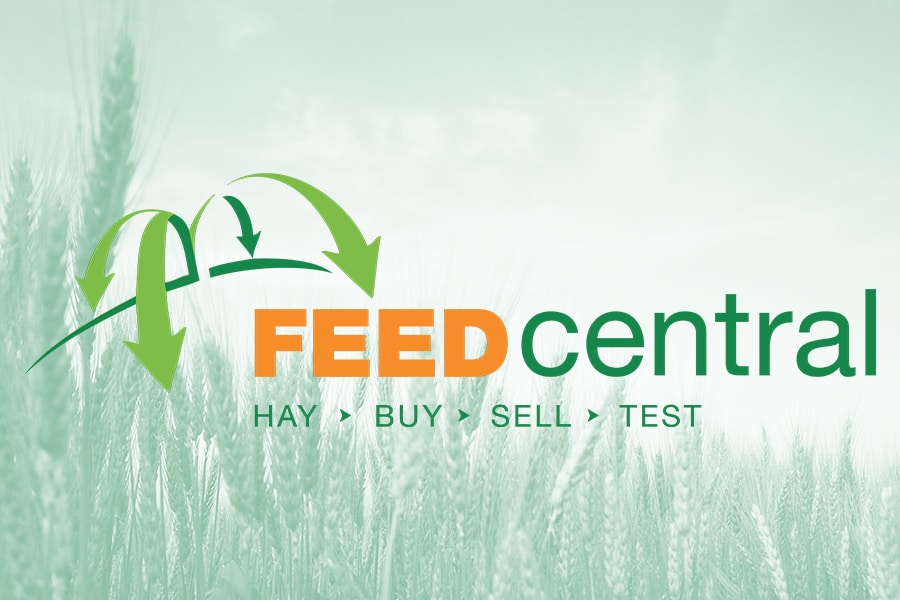April 2021
Contributors: Jock Jackson (Account Manager) and Cieran Maxwell (General Manager)
KEY POINTS
- Rain has put a sudden halt to building demand seen in February 2021.
- Some logistical issues were caused by flooded roads, we were focused on keeping product moving.
- Final cuts of lucerne are happening now and for some moisture levels are becoming a concern.
- Higher quality 2019 hay and straw is still available for sale but is being secured quickly.
OVERVIEW – RAIN, RAIN AND MORE RAIN.
March began with reasonable volumes of trade, led by high interest in quality lines of product, but as the rain came in, so did a sudden halt in demand. There were some massive rainfall totals recorded throughout the month which has bought a sense of positivity to the feeding industry. Our logistics team were run off their feet and challenged with the many road closures and inaccessible properties, there was a lot of creative thinking!
Below is the March national rainfall totals map from the BOM, which shows just how widespread the rain was. Our Area Manager, Stephen Page also captured some photos of the flooding that occurred at Goondiwindi throughout March, water lapping just under the Goondiwindi bridge.
Figure 1 – Bureau of Meteorology
Photos Captured by Stephen Page (Feed Central Area Manager)
QUALITY & SUPPLY
CEREAL HAY & STRAW
As there has been limited demand for cereal hay and straw for the past 12 months, there’s still quality to be found. Those who know they will require feed in the coming months should look to the remaining 2019 cereal hay that is currently available, plus the quality lines of 20/21 season.
With the potential of mice damage and relatively low Feed test values, it is imperative that all purchases have been inspected and feed tested.
Figure 2 compares the average feed tests of hay in 2020 to the 2019 & 2018 crop.
Figure 2 Legend:
NDF = Neutral Detergent Fiber | RFV = Relative Feed Value
CP = Crude Protein | ME = Metabolizable Energy
LUCERNE
Producers of lucerne are now into their final cuts and finishing up production for the year. The quality of dryland lucerne has been outstanding for the 2020/2021 season, due to the favourable seasonal conditions. Of the 69 lucerne listings in the Feed Central system, 59 are of FCA visual grade or higher!
Most growers of lucerne are looking at completing their final cuts for the year in the next fortnight. Due to the wet weather, growers will likely struggle to keep their bale moisture in the ideal moisture range of 18%- 22% in these final cuts. Some higher moisture lucerne will be discounted to meet the limited immediate consumption market needs; however, growers should not expect any premium and we would strongly encourage growers to test the moisture of their bales and complete QA practices.
DEMAND
As mentioned, demand for hay has backed off considerably. With the only significant movement being local trade in Victoria. The continuation in favourable seasonal conditions is putting pressure on the entire feeding industry. We are seeing some alternative feed products leave the market such as DDG and the prices of most feed commodities are slowly coming down. Figure 3 shows the total tonnes of fodder traded by Feed Central for March 2021 and provides a comparison that covers the past three years.
BEEF GRAZIERS
The beef graziers that were able to hold on and feed their cattle in the 2018/2019 drought are currently reaping the rewards. There is little to no demand for fodder in the beef grazing sector and prices for cattle have remained at record levels for well over 12 months.
FEEDLOTS
Limited new contracts are being written with lot feeding operations currently. Most believe the fodder market is unlikely to jump in demand with limited interest at jumping to purchase. Late and possibly limited further purchasing will occur prior to new season for some. Current and future market forces of their own may also continue to come into play.
DAIRIES
Reduced feeding costs and increases in milk cheque payments for some regions and suppliers have resulted in a positive outlook within the dairy industry.
Dairies in SEQLD have received some wonderful rain through March, this has given some late life to silage crops around the regions reducing the requirements for feeding hay.
Victorian dairies remain in the market for Vetch, there is limited high-quality lines of vetch available due to tough curing conditions in 2020. Many dairies are making do with what product is available and are achieving results.
OUR CLOSING THOUGHTS
Where the overall demand for hay sits for the remainder of 2021 is still a very variable and unknown. There is no doubt what will be purchased first is the higher quality lines. In saying that, prices will still need to meet the market.
We’re telling buyers to purchase now, despite the rain, fill your shed / sheds, prepare for the next dry and ensure you’ve secured the demand you know you need for this year, now.
Keep an eye on our weekly Feed Registry, the Feed Central team understand the desire for market information. Feed Central will now be supplying our mailing list with a weekly “recently sold” segment. This is intended to help growers gauge current market prices and assist buyers with current market trends.
CONTACT OUR TEAM

Neville Janke
0407 030 353

Jock Jackson
0407 940 695

Jill Parker
1300 669 429

Stephen Page
0477 024 999

Kimberley Detmers
1300 669 429

Cieran Maxwell
1300 669 429
Disclaimer:
This is a National Hay Market Report. It is intended as a general guide only. Hay can be differentiated in value on location, visual grades, feed test, storage, and bale weights. We strongly recommend that buyers and sellers visit 52.64.21.236 for more information or contact a member of our team.